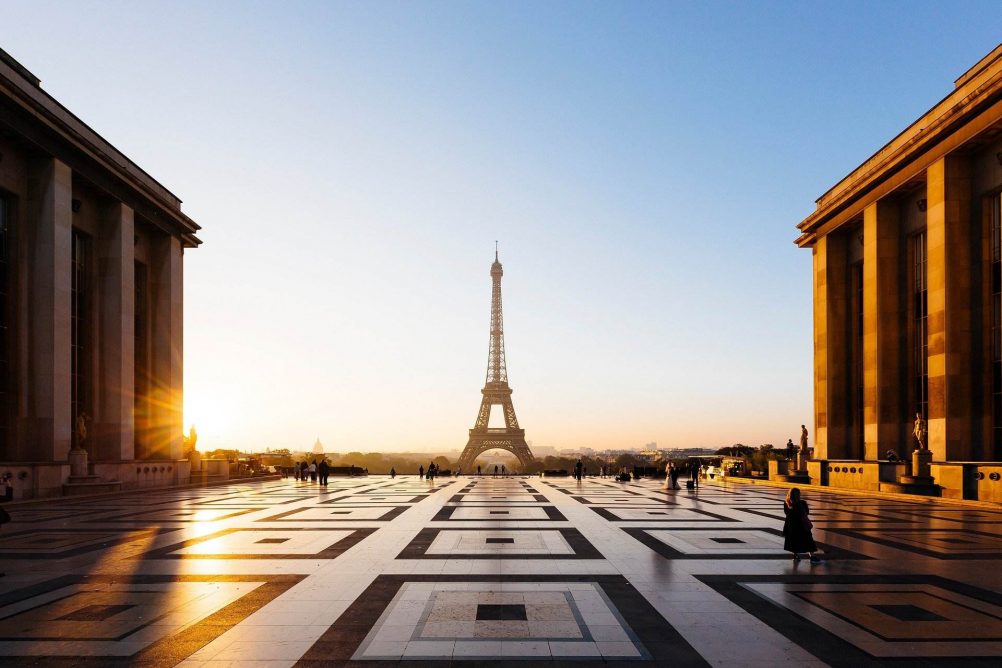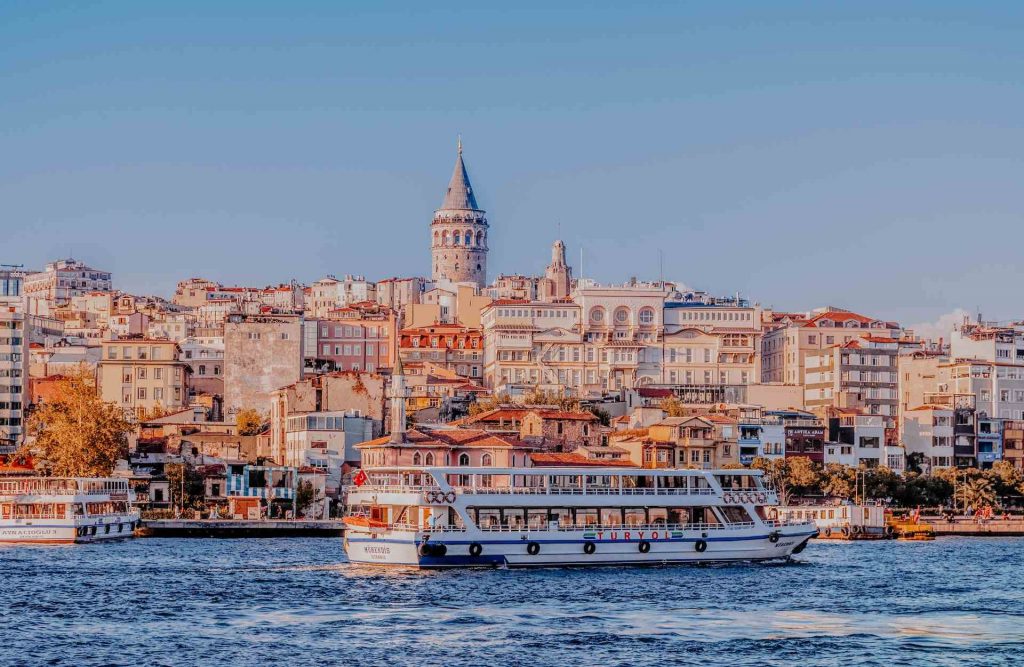Six reasons to return to France (when travel restarts)
Why we’re dreaming of our next rendezvous.
Words by Ute Junker
Photo Leonard Cotte via Unsplash
First published in the Australian Financial Review
I was a teenager when I fell in love with Paris. On one trip I discovered so many new pleasures: the joys of waking in an attic room, of drinking bowls of chocolat chaud for breakfast, of craning my neck to admire the glittering grand dome of the Galeries Lafayette. We explored the wonders of the Louvre, dined in intimate bistros and flirted on the banks of the Seins as bateaux-mouches plied the waters.
For some people, it’s all about Paris. For the rest of us, however Paris is a gateway drug, the path the leads us further afield. The charm of Strasbourg, the port towns of Brittany, the sun-drenched fields of Provence: France’s diversity is dazzling, and addictive. Pre-COVID, it remained the world’s most visited country, with an astonishing 89 million tourist arrivals.
For those of us desperately missing that certain je ne sais quoi, it’s been way too long since our last coupe. These are the things we can’t wait to do when we can finally return to la belle France.
Take a bridge over untroubled waters
There is no better place to watch the sun rise in Paris than on its most glamorous bridge. With the reflections of the street lights still glimmering in the water as the sky slowly lightens, it’s a magic moment of stillness in a bustling city. The rivers that run like gleaming threads through many French cities offer calm oases for frazzled locals and visitors alike; the bridges that traverse them include some of the country’s loveliest monuments. From imposing structures such as the medieval fortified Pont Valentré in Cahors, to the delicate footbridges that cross the countless waterways of Annecy, taking the right bridge does more than just take you to the other side; it offers a moment outside time.
Stroll the golden streets of Sarlat
With its honey-coloured sandstone, winding medieval streets and Renaissance mansions, Sarlat-le-Caneda in the Dordogne is one of those exquisitely-preserved towns that transport you to another time. (If the covered markets in the deconsecrated church don’t win your heart, the gas-powered street lights will.) The most remarkable thing about Sarlat, however, is that it’s not all that remarkable. Every corner of France seems to be littered with historic towns and village. On the Riviera you might head to Èze or St Paul de Vence; outside Paris, it might be Provins or the picturesque Auvers-sur-Oise. Spending a day exploring one of these gems is a highlight of any trip.
Meet up with the old masters
Have you ever marvelled at the Georges Braque triptych set into one of the gilded ceilings at the Louvre? It’s so simple – black silhouettes of birds against a blue sky – yet so striking, and one of those gems that many people miss. Paris’ best museums are so crammed with treasures that there is always something new to discover: and with both the Louvre and the Musee Carnavalet having completed extensive renovations, there are more reasons than ever to revisit your favourites. Prefer to discover something new? Check out Francois Pinault’s contemporary art collection in its new home at the exquisite Bourse de Commerce, as reimagined by Tadao Ando, and a remarkable new gallery beneath the Eiffel Tower. The Grand Palais Éphémère, designed by Jean-Michel Wilmotte of resuable elements, will host events everything from an Anselm Kiefer exhibition to Chanel fashion shows.
Ease into Sunday morning
I’ll be honest: for a long time, I chafed at France’s restricted Sunday trading hours. Over the last decade or so, however – ironically, just as the regulations have slowly started being relaxed – I’ve actually learnt to love the French insistence on Sunday as a day of rest. In big cities and small towns alike, there’s a serenity to a French Sunday morning that you will find in few other places. That’s not the only reason I’ve come to embrace slow Sundays, however. I’ve finally realised that this reverence for tradition, for the insistence on doing things as they have always been done, that informs so many of the things that makes France so, well, French. From the obligatory greeting as you enter a shop to the impossibility of sitting down to a meal without a glass of wine, a stubborn clinging to custom has given France its unique character.
Tuck into a big bowl of aligot
It could be steaming cassoulet served in the shade of the citadel at Carcassone, or perhaps a bouillabaisse eaten on the waterfront at Marseille. Anyone who has gone exploring beyond Paris probably has an indelible food memory they carry with them, a reverie of the right dish eaten at the right time in exactly the right place. In France food, like wine, is firmly tied to terroir, with certain dishes rooted in a particular patch of earth. What I’m hungering for in particular is a bowl of aligot, best eaten on a cool autumn afternoon on the Auvergne plateau. Its silky smoothness and rich flavour – mashed potatoes pumped up with lashing of butter, cream, tome d’Auvergne cheese and some crushed garlic – are the perfect indulgence for when the weather turns crisp.



